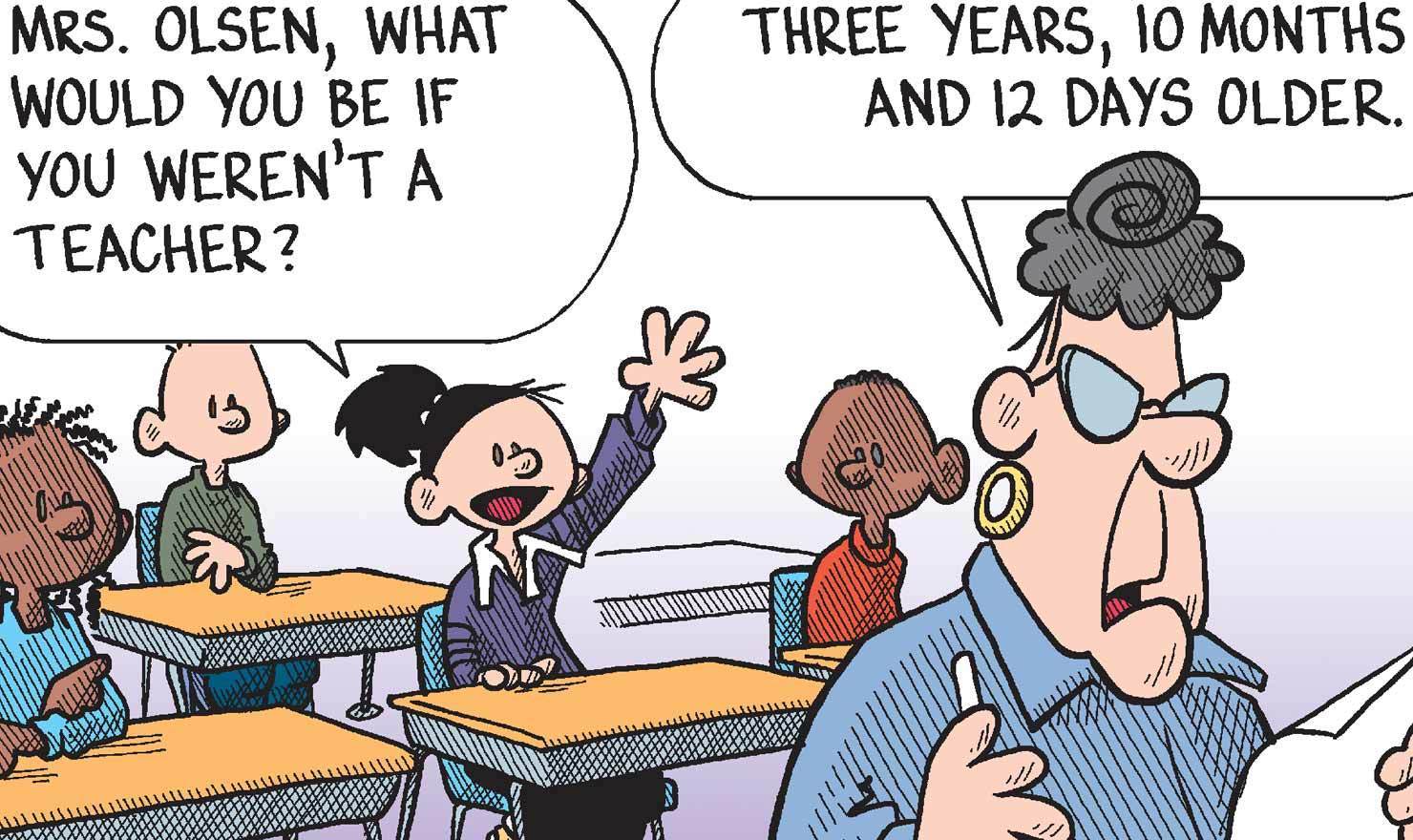The Boondocks by Aaron McGruder for February 01, 2014
Transcript:
Voice: Hello, NRA Freedom hotline... Huey: Yeah, I have a hunting question... Voice: Well, that's part of the reason we're here - shoot! Ha! Get it? Shoot...heh-heh-heh... Huey: Funny. Anyway, what's with the deer?! I mean, it's not like they're threatening. Why kill them? They're cute and harmless! Where's the manly accomplishment in that?! Voice: Well, I'll tell ya, used to be a time when a man could go shoot himself a buffalo, an indian or even a runaway slave! But the liberals in D.C. say that's not politically correct!! I blame Hillary Clinton and Jesse Jackson myself...


The NRA encouraged gun ownership amongst blacks for protection from the KKK. A brief excerpt:
“NEGROES WITH GUNS”
by Dr. Michael S. Brown
December 28, 2001
The year was 1957. Monroe, North Carolina, was a rigidly segregated town where all levels of white society and government were dedicated to preserving the racial status quo. Blacks who dared to speak out were subject to brutal, sadistic violence.
It was common practice for convoys of Ku Klux Klan members to drive through black neighborhoods shooting in all directions. A black physician who owned a nice brick house on a main road was a frequent target of racist anger. In the summer of 1957, a Klan motorcade sent to attack the house was met by a disciplined volley of rifle fire from a group of black veterans and NRA members led by civil rights activist Robert F. Williams.
Using military-surplus rifles from behind sandbag fortifications, the small band of freedom fighters drove off the larger force of Klansmen with no casualties reported on either side.
Williams, a former Marine who volunteered to lead the Monroe chapter of the NAACP and founded a 60-member, NRA-chartered rifle club, described the battle in his 1962 book, “Negroes With Guns,” which was reprinted in 1998 by Wayne State University Press.
According to Williams, the Monroe group owed its survival in the face of vicious violence to the fact that they were armed. In several cases, police officials who normally ignored or encouraged Klan violence took steps to prevent whites from attacking armed blacks. In other cases, fanatical racists suddenly turned into cowards when they realized their intended victims were armed.
Oddly, it appears that the organized armed blacks of Monroe never shot any of their tormentors. The simple existence of guns in the hands of men who were willing to use them prevented greater violence.
It is important to note that the guns were not used offensively. They were part of an overall strategy that relied primarily on peaceful protest like picketing or entering whites-only establishments. Williams demonstrated that the dignified and responsible use of firearms for self-defense was an important method to achieve justice for those denied fair treatment by all institutions of government.
The civil rights movement was deeply divided between those who espoused a pacifist, non-violent approach and those who believed that human beings had a right and a duty to use force in self-defense. Williams was the most influential leader of the self-defense wing of the movement.
His effort to provide guns and training to African-American civil rights supporters was alarming to white politicians. Most state gun control laws, not just in the South, were blatantly designed to keep guns out of the hands of blacks and other minorities. Those with racist beliefs were not pleased when blacks claimed the right to keep and bear arms that is guaranteed to all Americans.
The connection with the NRA might surprise some people who portray the organization as a haven for racist rednecks. Former NRA Executive Director Tanya Metaksa spoke with Williams before his death. She recalls, “He was very proud of being an NRA member and that the NRA sanctioned his club without question.”
The civil rights organizations of today bear little resemblance to the deadly serious armed activists of Monroe. African-American leaders generally support the liberal white line that guns are evil and have no place in modern society. On the other hand, small numbers of responsible black gun owners continue to honor their heritage by practicing their marksmanship and joining gun rights organizations. The tradition of the black gun club still lives on in the Tenth Cavalry Gun club, led by Ken Blanchard in Prince Georges County, Maryland.